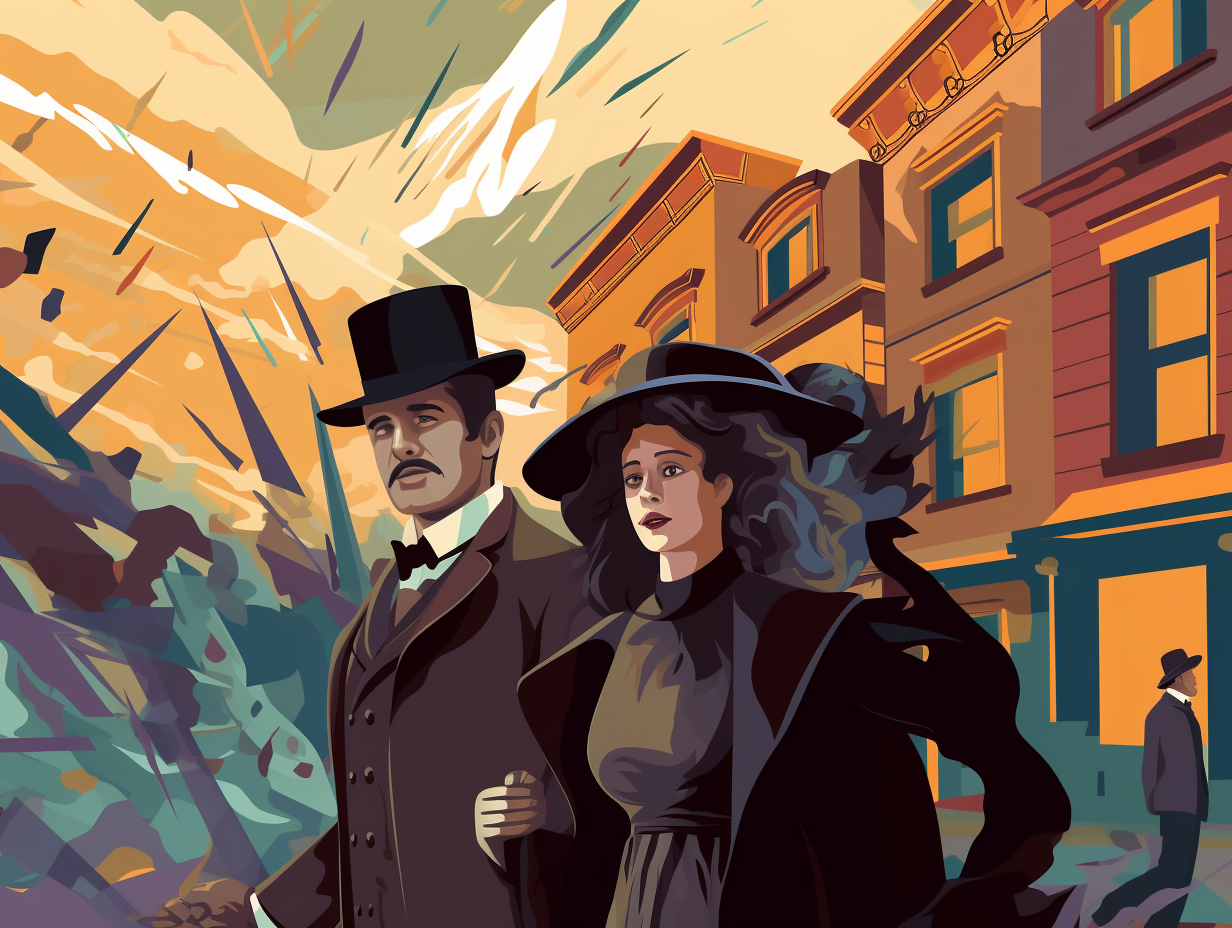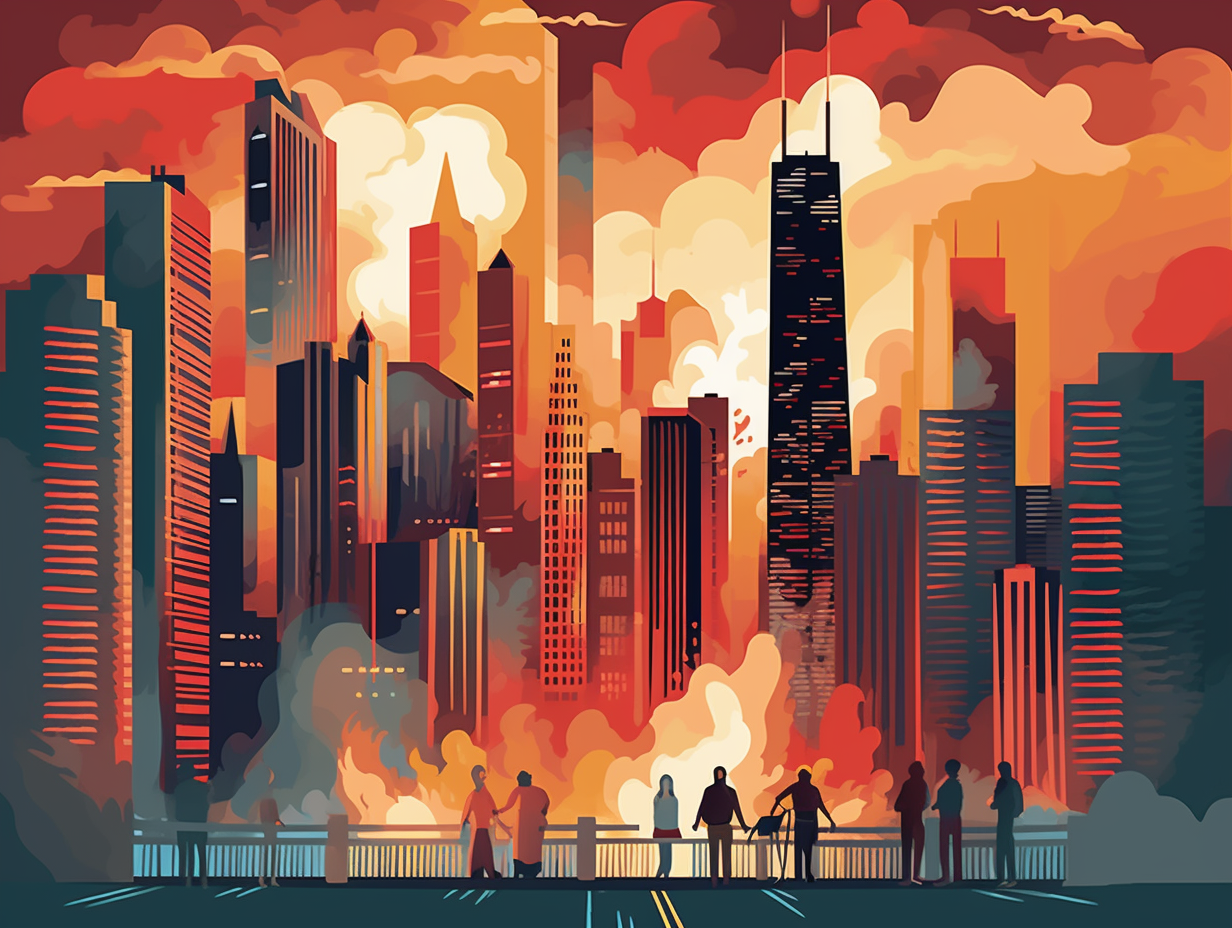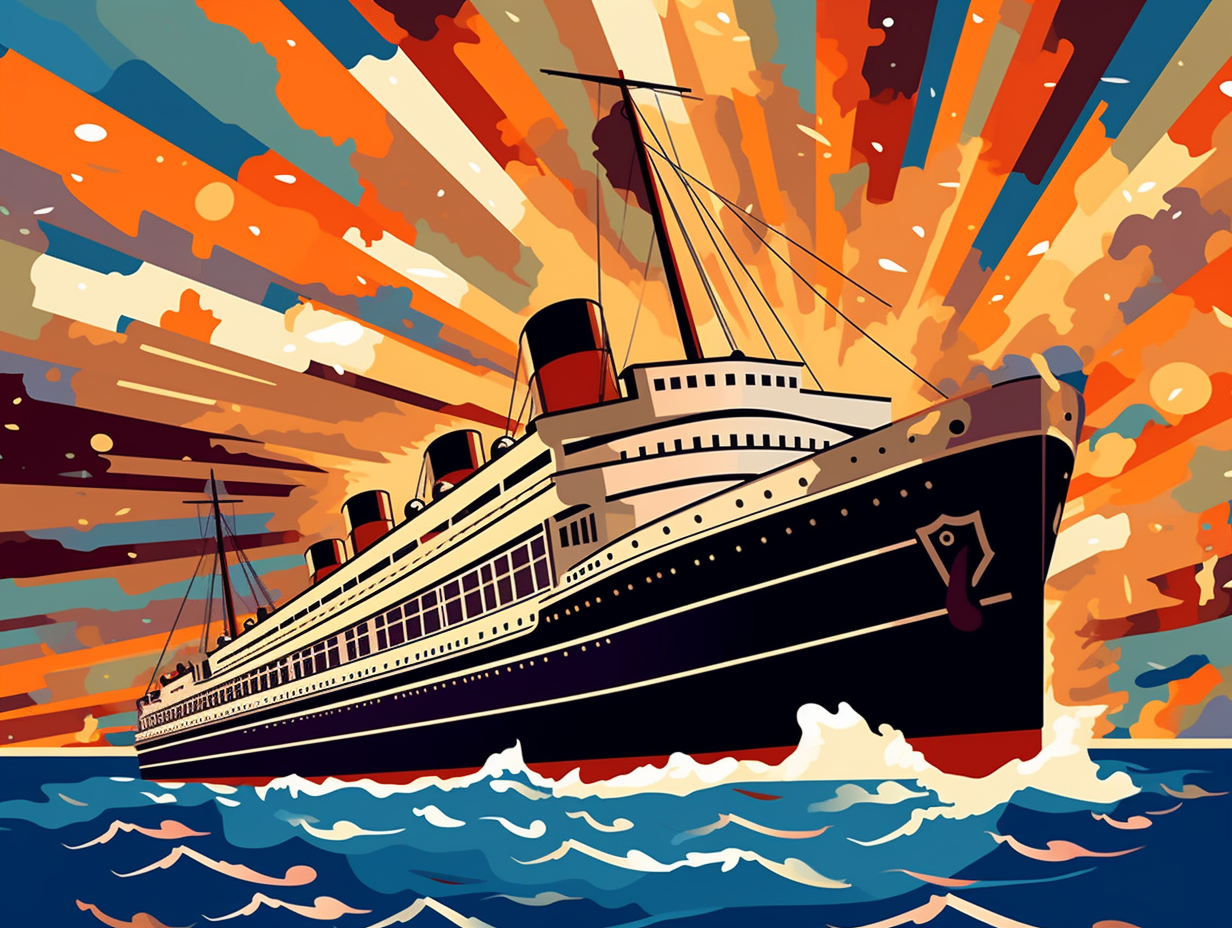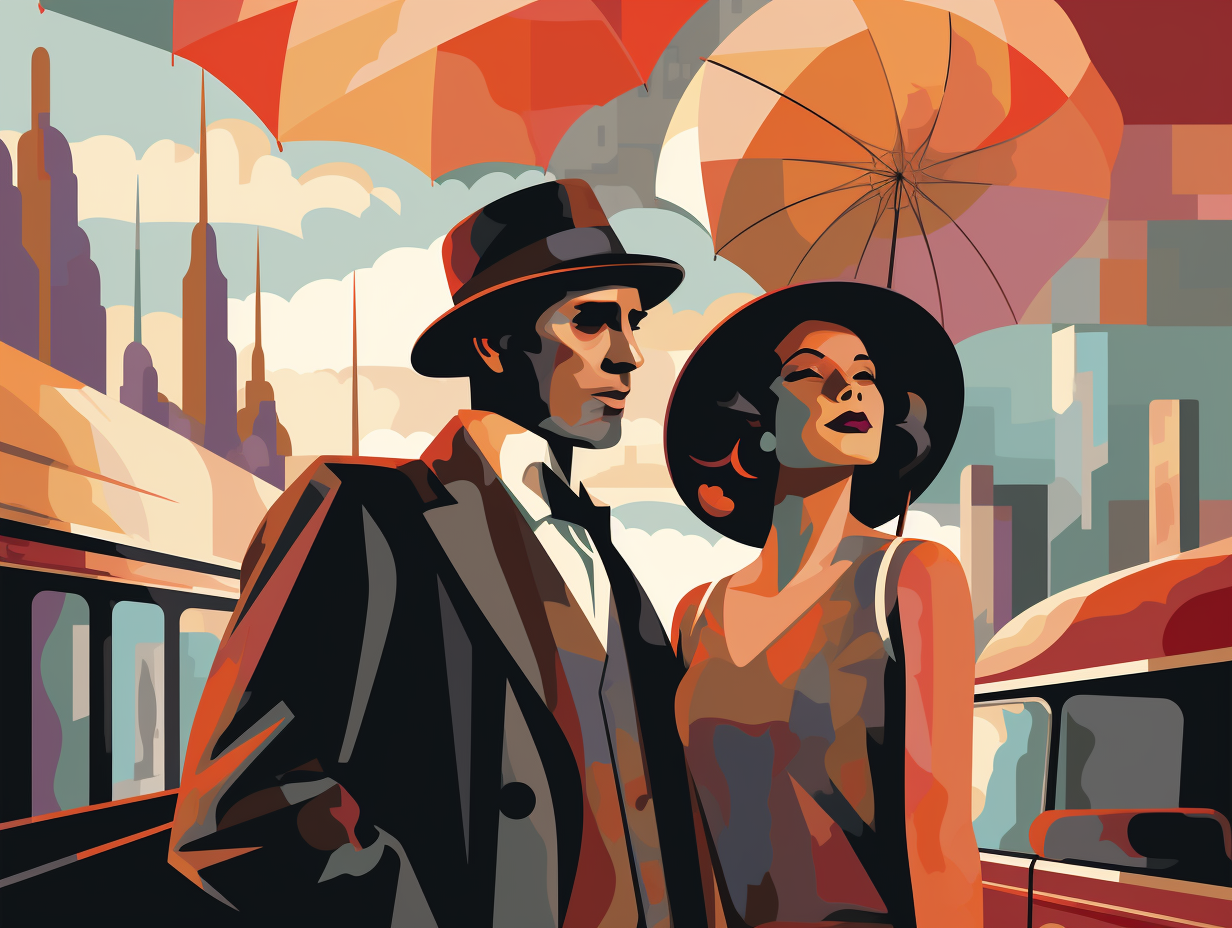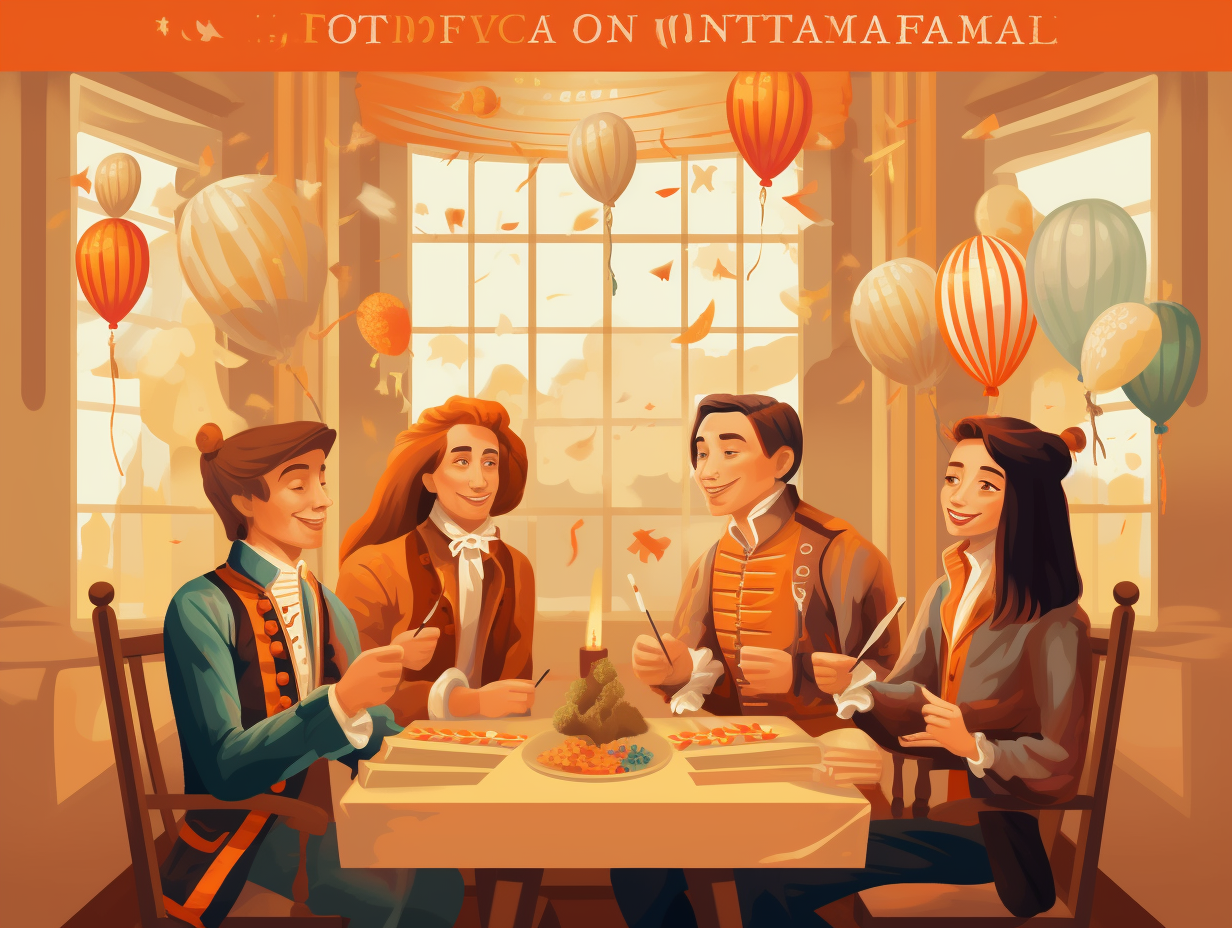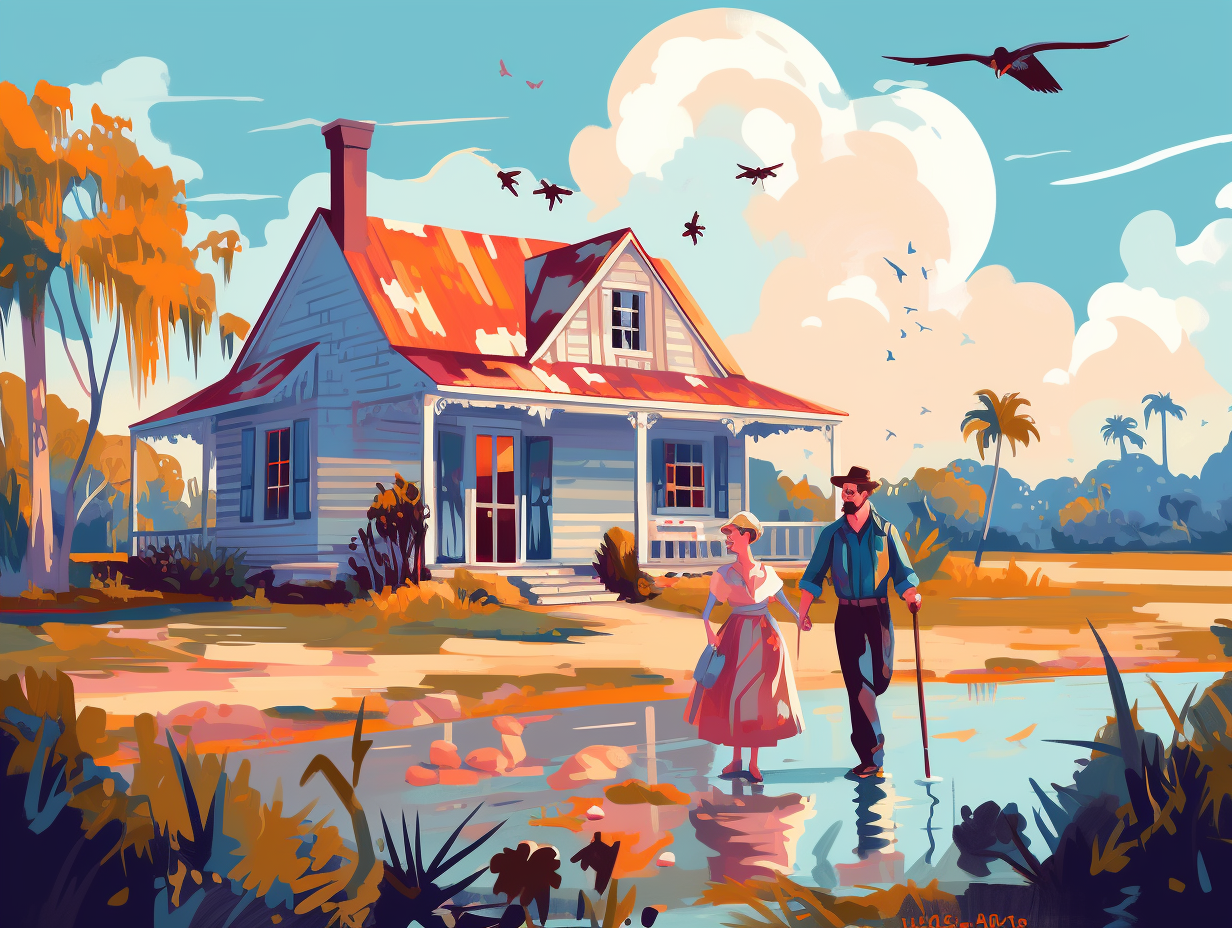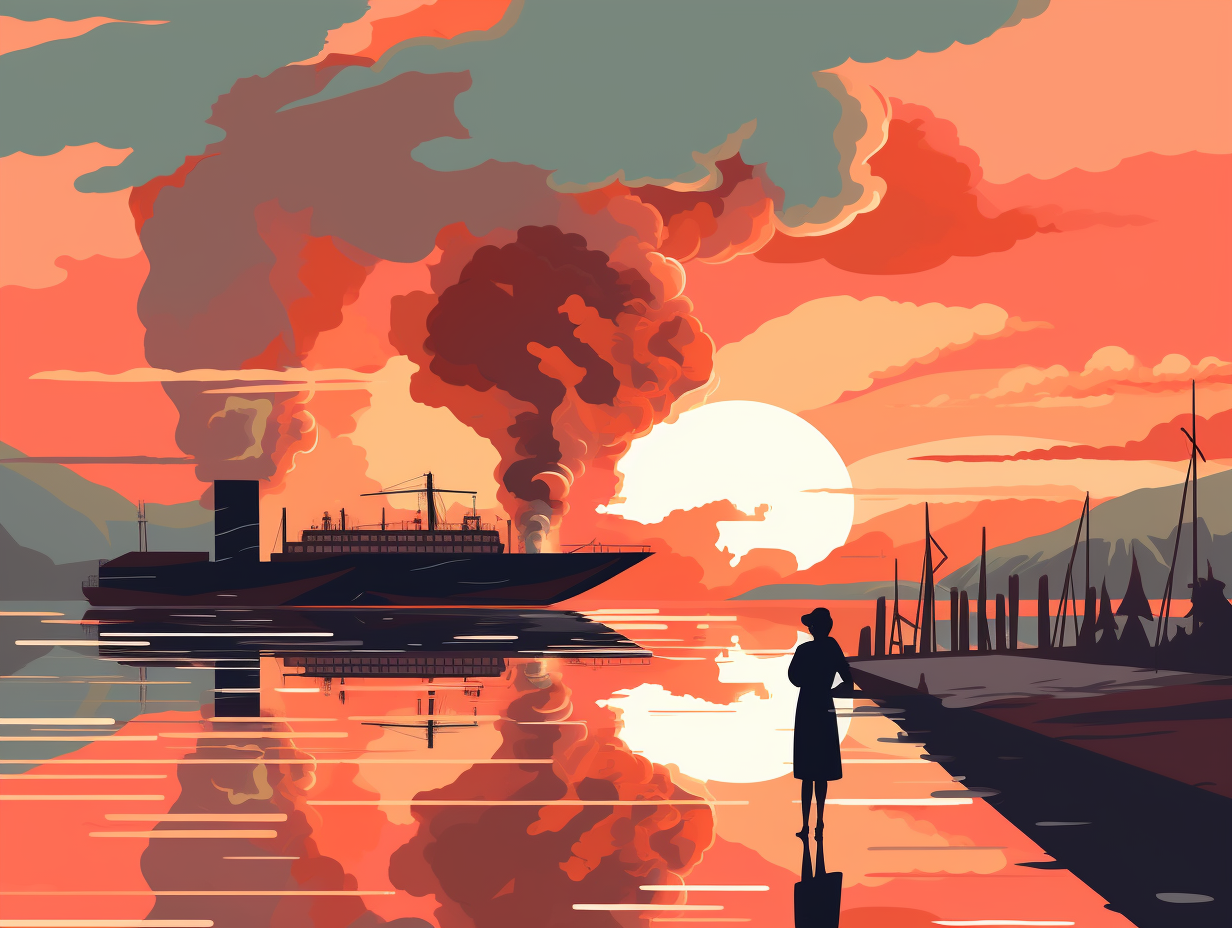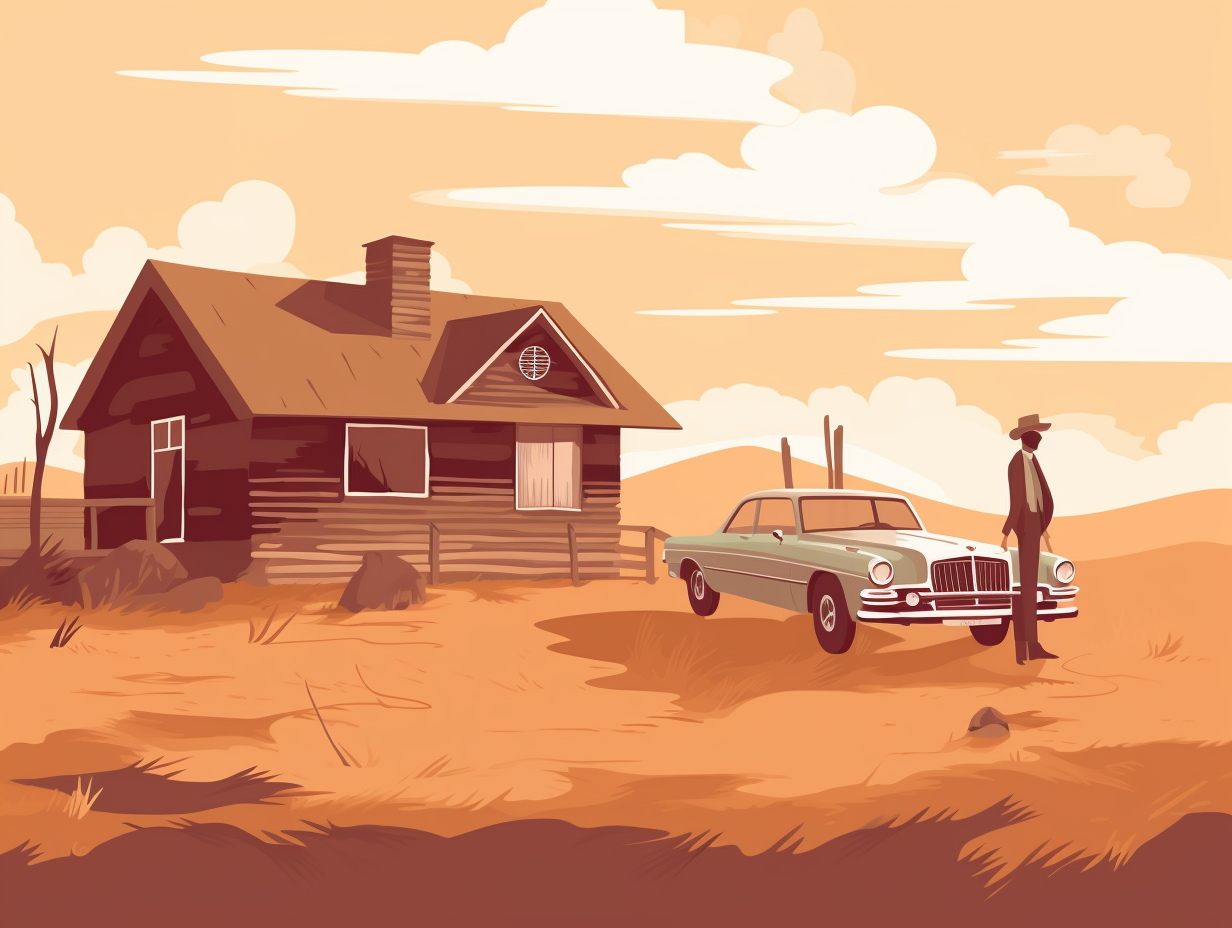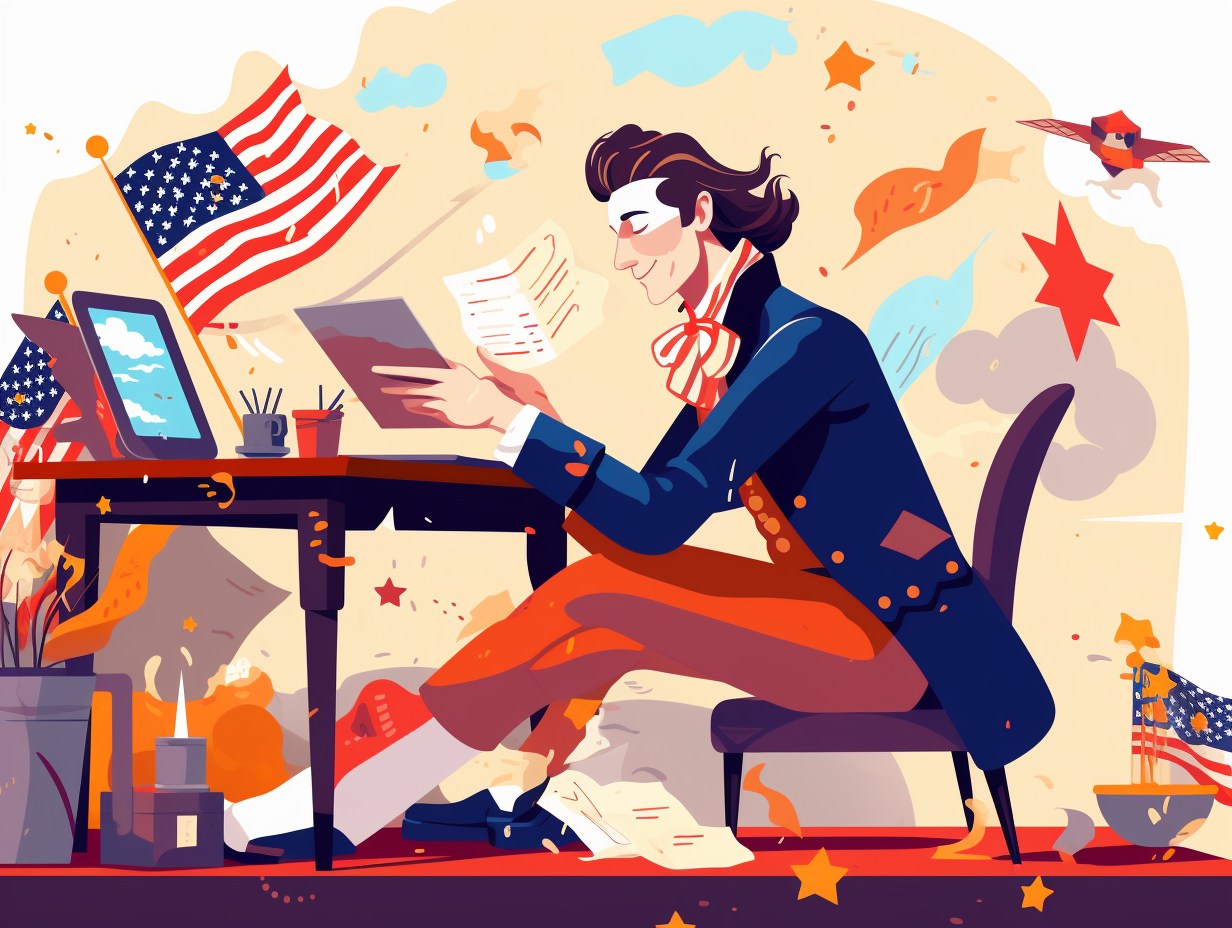Discover the Top 4 Fascinating Fun Facts About 1910: A Unique Look into a Pivotal Year in History!
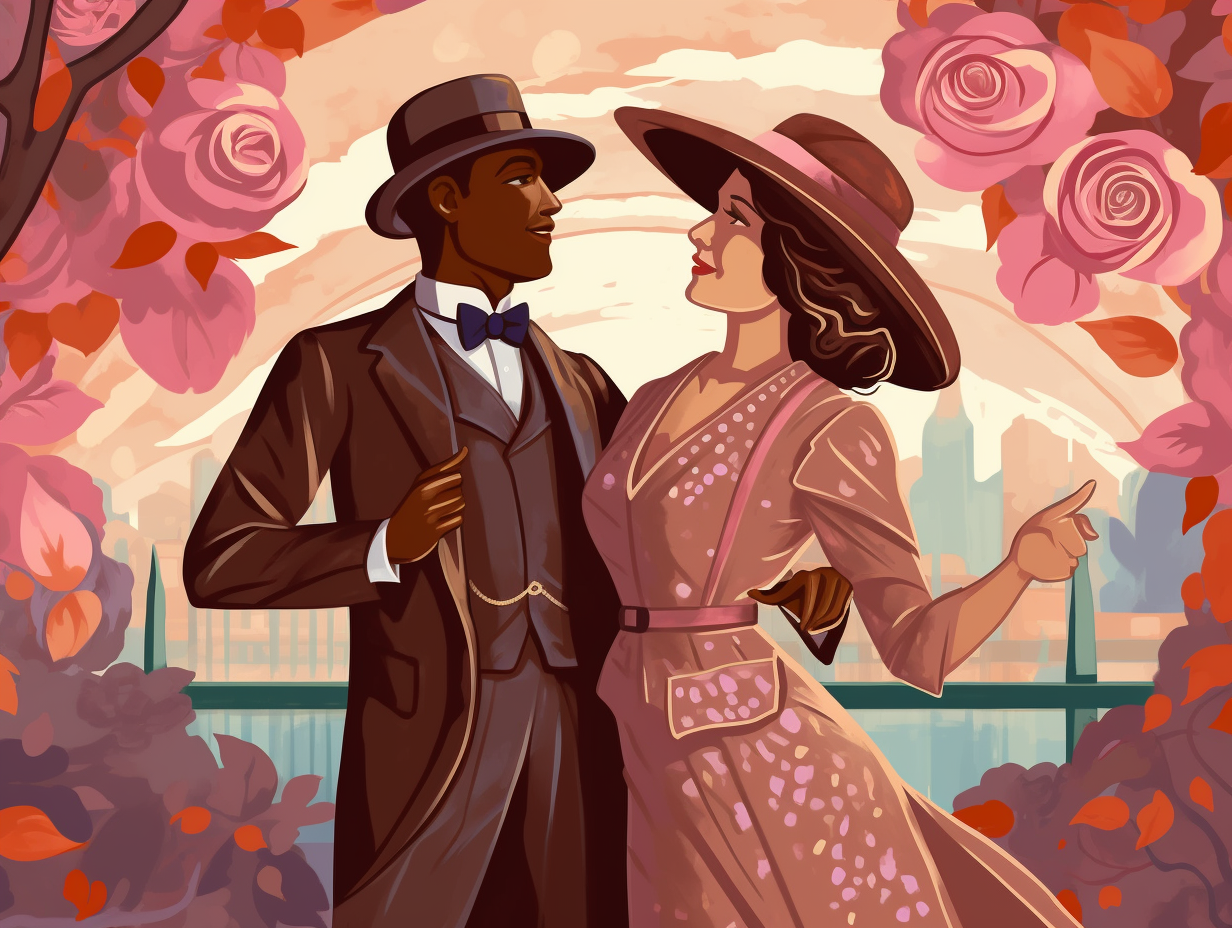
1. Panama Canal: From Sea-Level to Lock-Based
When life gives you mountains, make a two-level, lock-based canal: Back in the 1880s, the ambitious plan for the Panama Canal initially envisioned a sea-level canal, but Mother Nature's mountainous obstacle in Central America quickly told them to think again. Riddled with financial and engineering problems, frequent floods, and mudslides, it took about $234.8 million and a pause in the project to realize that sometimes it's better to level up – literally, by adopting a two-level, lock-based canal plan.
Source => en.wikipedia.org
2. Instant Coffee's Military Boost
What do you call a strong brewed success? Instant coffee with a dash of military strategy: George C. Washington, a Belgian inventor, founded the G. Washington Coffee Company in 1910, leading to the mass production of his improved instant coffee formula. The company became an important supplier during World War I, offering soldiers emergency rations containing double-strength instant coffee, and promoted its product through newspaper ads and radio spots. Although the coffee brand ceased in 1961, G. Washington's name lives on in G. Washington's Seasoning & Broth.
Source => en.wikipedia.org
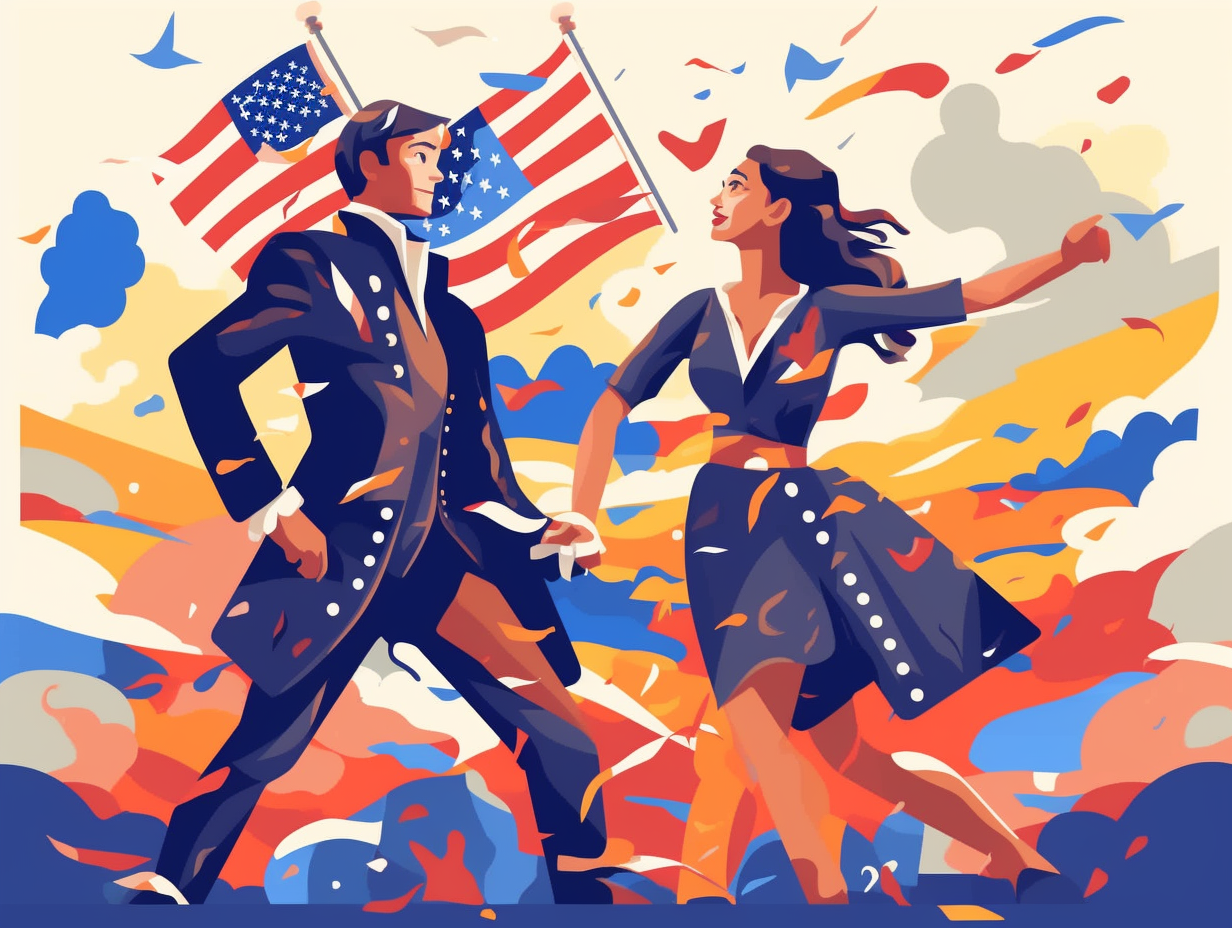
Did you know Ben Franklin preferred the turkey over the bald eagle as a symbol of America? Discover the true story and more fun facts about US history! 🦃🇺🇸
=> Fun Facts about Us-History
3. Churchill's Oily Strategy for the Royal Navy
Before the Brits were sailing the seven seas, they were oiling their engines like a well-greased scone: In 1912, the British Royal Commission on Fuel and Engines, initiated by Winston Churchill, led to the UK purchasing a 51% stake in the Anglo-Persian Oil Company (now BP) to maintain fuel reserves and secure their spot as the Royal Navy's top fuel supplier.
Source => en.wikipedia.org
4. Paris Opera House: Inspiration for Phantom's Chandelier Chaos
Before Gaston Leroux's Phantom had a "chandelier-ous" relationship with gravity, the Paris Opera House had a real-life swinging affair with disaster: In 1896, a counterweight plummeted from the fly system, injuring several patrons and claiming one life, ultimately inspiring the novel's iconic, heart-stopping chandelier incident.
Source => en.wikipedia.org
Related Fun Facts

